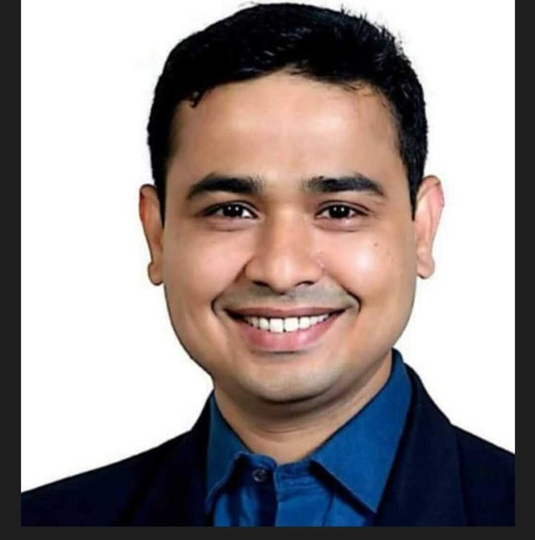Heart disease account for nearly 1.7 crore deaths around the globe. As per World Health Organization (WHO), India accounts for one-fifth of all non-communicable diseases (NCD)-related deaths globally and most of it is witnessed in younger population.
Around 26 lakh Indians are found to be dead due to heart disease in 2017, which was the leading cause of death in our country. In one of the research (INTERHEART STUDY) conducted in India, more than 90% of heart attacks were reported to have a relationship with consuming low fruits and vegetables, physical inactivity and psychosocial stress.
We all know that heart attack is a medical emergency costing life and becoming a personal frightening experience for survivors or their families.
Your heart muscle needs oxygen to survive and heart attack occurs when the blood flow that brings oxygen to the heart muscle is reduced to a great extend or completely lost. A heart attack usually occurs when a blood clot blocks blood flow to the heart. Without blood, tissue loses oxygen and dies.
Heart attack is a broader term for situations where the blood supplied to the heart muscle is suddenly stopped. Some of the different medical terms that you may want to know pertaining to heart attack are:
- STEMI: A type of heart attack caused by a complete blockage in a blood vessel supplying to your heart.
- NSTEMI: A type of heart attack in which a blood vessel is partially blocked and severely reduces blood flow.
- Myocardial infarction (MI): The damaging or death of an area of the heart muscle resulting from a blocked blood supply to that area. It’s also the medical term for a heart attack.
Symptoms:
It is important to pick up the early warning signs: anyone over the age of 40 complaining of sudden onset of chest pain, breathlessness, uneasiness, or palpitations could be having a heart attack. The chest pain may or may not radiate to left hand and often varies from central crushing or stabbing pain to mild dull aches. The chest pain is often severe, but some people may only experience minor pain, similar to indigestion. This is often accompanied by intense sweating and a feeling of impending doom.
Dizziness, and nausea are also some of the common symptoms of Heart attack.
If these symptoms persist for more than 15 minutes, it’s usually a clear indication of heart attack. The other end of the spectrum would be patients who collapse and become suddenly unconscious.
Here’s what we can do if someone is experiencing Heart Attack Symptoms:
- If the patient is conscious in distress, move him into a comfortable position.
- Loosen any tight clothing.
- Ask him if he is a heart patient and is carrying Nitro-glycerine tablets. These can be administered sublingually; however, they should not be given without medical supervision if there is no history of prior use.
- Aspirin tablets should be chewed immediately.
- If the person is unconscious, commence CPR or Cardiopulmonary Resuscitation (provided you are trained to do so).
Suggestions –
Regular health check-ups, controlling risk factors for heart disease (high blood pressure, high cholesterol and high blood sugar or diabetes) is also very important to prevent ourselves from heart attack.
It is imperative to note that a balanced diet is crucial to a healthy heart and circulation system. This should include plenty of fruit and vegetables, whole grains, lean meat, fish and pulses with restricted salt, sugar and fat intake.
Sedentary lifestyle is another big challenge in countries like India where there is continuous rise in urban population. We generally end up not finding time for physical exercises.
It is recommended to get at least 30 minutes of regular physical activity done every day to help keep the heart fit and at least 60 minutes on most days of the week to maintain a healthy body weight.
——–Dr. Amol Chavhan Dm (Cardiologist)

Dr Amol Chavhan Dm (Cardiologist) Says Heart Attack – Number 1 Killer in the world As Per World Health Organization (WHO)

Recent Comments